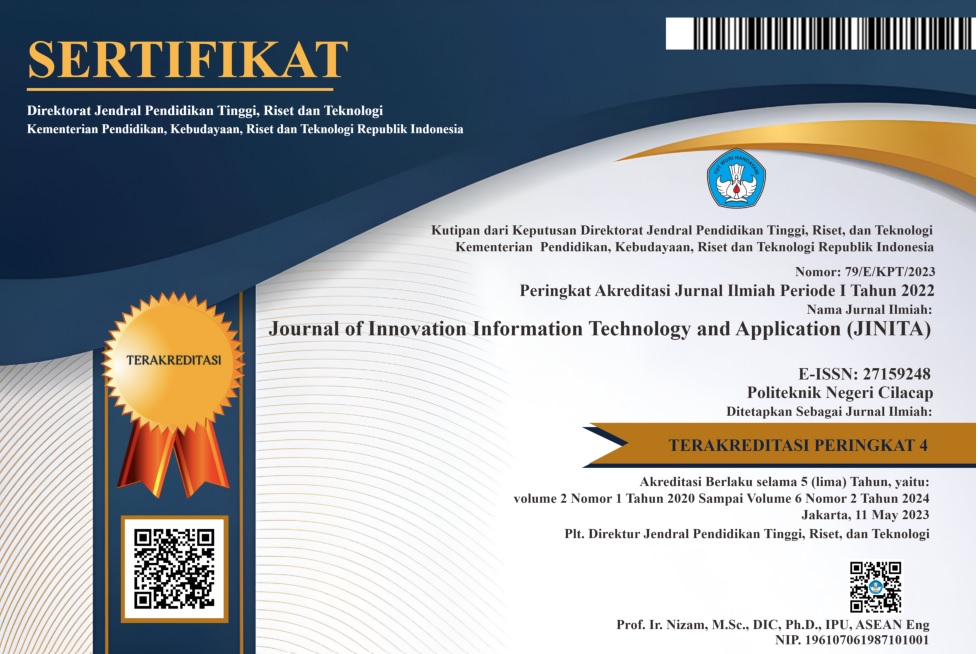Information Security Governance Framework in Public Cloud a Case in Low Resource Economies in Uganda
 Abstract views: 258
,
Abstract views: 258
,
 PDF downloads: 247
PDF downloads: 247
Abstract
The study aimed at exploring the critical enablers to the development and usage of information security governance frameworks for cloud computing in Uganda. The study was motivated by the continuous information security governance challenges in the Public Cloud. The theoretical frameworks that underpinned this study included; Contingency management theory, the Risk Management framework, the Technological Organisational and Environmental (TOE) model and the Information Security Governance model. This study adopted a quantitative research approach to obtain data through a survey. Five key factors for information security governance were identified: a) Technological factors: flexibility, scalability, availability, agility, data protection governance, trust of cloud, data source, maintenance, data retention and policy. b) Organisation: size and structure of the organisation, top management support. c) Environmental factors: governance and regulation, marketing, vendor, resource availability, obsoleteness. d) Individual: user resistance, attitude, skills, belief and learnability. e) Risk management and control factors: risk assessment, disaster recovery, access and authorisation control, monitoring, auditing, and process risk control. The study contributes to theory and practice in information security. The developed framework and its accompanying model helped to inform public departments, organisational top management and information security strategies to avoid excessive information risks and potential regulatory compliance failures in public cloud. The study was inclined on subjective information security, which alone may not fully address all information security problems in a public cloud. Therefore, it is recommendable that future research studies on objective security in public cloud.
Authors who publish with this journal agree to the following terms:
- Authors retain copyright and grant the journal right of first publication with the work simultaneously licensed under a Creative Commons Attribution License that allows others to share the work with an acknowledgement of the work's authorship and initial publication in this journal.
- Authors are able to enter into separate, additional contractual arrangements for the non-exclusive distribution of the journal's published version of the work (e.g., post it to an institutional repository or publish it in a book), with an acknowledgement of its initial publication in this journal.
- Authors are permitted and encouraged to post their work online (e.g., in institutional repositories or on their website) prior to and during the submission process, as it can lead to productive exchanges, as well as earlier and greater citation of published work (See The Effect of Open Access).
















